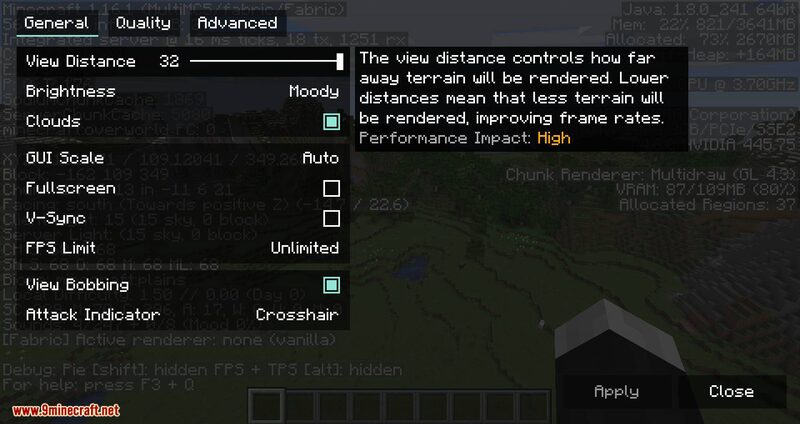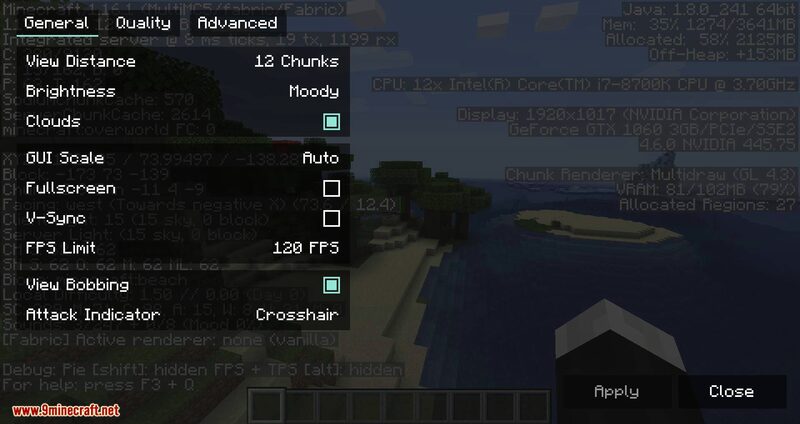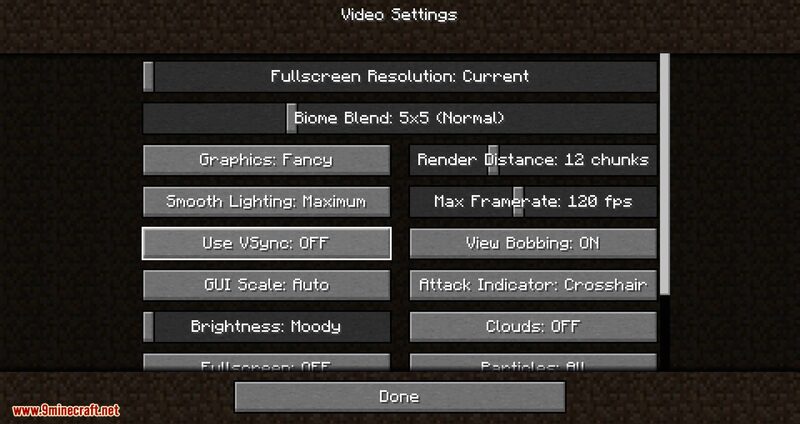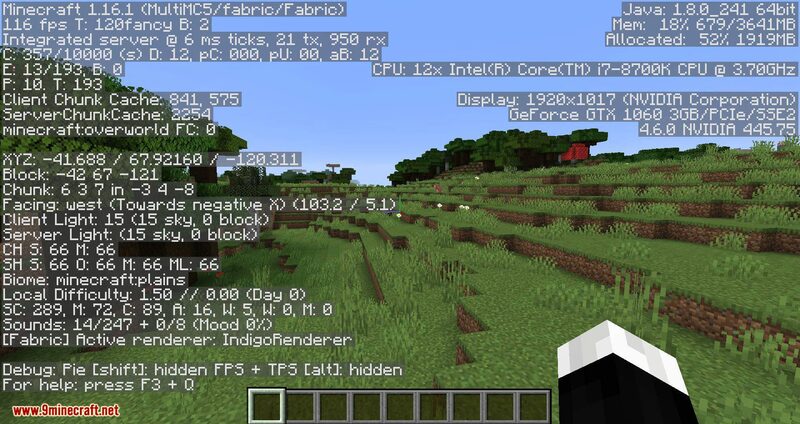Sodium for Forge Minecraft
April 23, 2025
168 MB
1.16.5
Android 5.0
Description
Exploring Sodium for Forge Minecraft for an Enhanced Gaming Experience
Sodium for Forge Minecraft, primarily accessible through the Rubidium, represents a significant performance enhancement for players using the Forge loader. Minecraft’s expandable nature is a huge draw, but performance can suffer, especially with extensive or demanding modpacks. Rubidium, an unofficial fork of the popular Fabric Sodium, aims to drastically improve frame rates (FPS) and reduce lag by optimizing Minecraft’s rendering engine. This enhancement offers players a pathway to a much smoother and more responsive block-building adventure, making complex worlds and modded gameplay far more enjoyable without sacrificing visual fidelity.
Understanding the Core Capabilities
Achieving Significantly Improved Frame Rates
One of the most celebrated benefits Rubidium brings is a substantial increase in FPS. By fundamentally reworking how Minecraft renders graphics using modern OpenGL techniques, it significantly reduces the strain on your computer’s processor. This optimization translates directly into higher, more stable frame rates, allowing players to experience fluid motion and clearer visuals, even in graphically intensive situations like exploring complex builds or engaging in fast-paced combat. The difference can often be dramatic, turning previously choppy gameplay into a seamless experience.
Reducing Lag Spikes and Micro-Stutter
Beyond raw FPS improvements, Rubidium excels at smoothing out gameplay by minimizing jarring lag spikes and annoying micro-stutters. Through enhanced memory management and clever optimizations like multi-threaded chunk updates, it prevents the sudden performance drops that can disrupt immersion and gameplay flow. This leads to a more consistent and predictable experience, where player actions feel more immediate and the game world responds without hesitation, crucial for both casual exploration and competitive play.
Installation and Compatibility Considerations (Forge via Rubidium)
While Sodium itself is built for the Fabric loader, Forge users access its benefits via Rubidium. It’s crucial to understand that Rubidium and OptiFine are generally incompatible; players must choose which optimization best suits their needs . Furthermore, as Rubidium is a community-maintained fork, its development might trail behind the main Sodium version, and support relies on community channels rather than the original developers. Compatibility with other Forge is generally good, but potential conflicts can occasionally arise.
Impact on Gameplay Smoothness and Visual Fidelity
The cumulative effect of improved frame rates and reduced lag is a significantly enhanced sense of gameplay smoothness. Movements become fluid, camera panning feels natural, and interacting with the game world is more responsive. Importantly, Rubidium achieves these performance gains without compromising Minecraft’s distinctive visual style. It optimizes the how of rendering, not the what, ensuring graphical elements like lighting and biome blending remain intact, preserving the intended aesthetic while boosting the underlying technical performance.
A Deeper Look at Sodium/Rubidium Features
Modern OpenGL Rendering Pipeline Optimizations
At its heart, Rubidium leverages a modern OpenGL rendering engine pipeline. This approach significantly cuts down on CPU overhead, especially during the demanding process of rendering chunks of the game world.
- It employs techniques like multi-draw calls to batch rendering tasks efficiently.
- This reduces the workload on the processor, freeing it up for other game logic.
- The result is often dramatically higher FPS, particularly on systems where the CPU was previously the bottleneck.
Enhanced Memory Management and Vertex Data Compaction
Rubidium incorporates smarter memory management strategies compared to vanilla Minecraft. This helps prevent the garbage collector from causing performance hiccups and reduces overall RAM usage.
- Vertex data, which defines the shape of blocks and objects, is compacted.
- This reduces the amount of data transferred to the graphics card by nearly 40%.
- Consequently, video memory usage and bandwidth requirements decrease, benefiting systems with limited VRAM or integrated graphics, leading to fewer lag spikes.
Multi-threading and Culling for Efficiency
To further boost efficiency, Rubidium employs advanced techniques like multi-threading and aggressive culling.
- Nearby block updates can be processed across multiple CPU threads, preventing single-core bottlenecks and reducing stutter.
- Chunk faces that are not visible to the player are culled (ignored) early in the rendering process.
- This significantly reduces the workload on the graphics card, as it doesn’t waste resources rendering things the player can’t see, improving overall FPS and responsiveness. Other optimizations like Lithium and Phosphor (though Phosphor is primarily Fabric-focused) target different areas like game logic and lighting respectively.
Why Players Value Enhancements Like Sodium for Forge Minecraft
Players seek out performance enhancements like Rubidium (providing Sodium for Forge Minecraft) for several key reasons. Many desire the ability to run larger, more ambitious modpacks without their system grinding to a halt. Others aim for the highest possible FPS for smoother combat or a more immersive exploration experience. For some, it’s about breathing new life into older hardware, making Minecraft playable again. The promise of significantly reduced lag and stutter is a powerful motivator, transforming a potentially frustrating experience into a seamless and enjoyable one, unlocking the full potential of heavily modded gameplay.
Final Thoughts on Leveraging Sodium Rubidium in Minecraft
Ultimately, exploring options like Rubidium provides Forge users a potent way to experience the performance benefits akin to Sodium. By optimizing the rendering engine, significantly boosting FPS, and minimizing frustrating lag, it fundamentally enhances the core Minecraft gameplay loop. While mindful consideration of its incompatibility with OptiFine and its community-driven nature is necessary, the potential for a vastly smoother, more responsive, and ultimately more enjoyable Minecraft adventure makes enhancements like these an invaluable tool for many players in the Forge ecosystem.
Images




